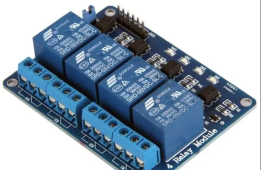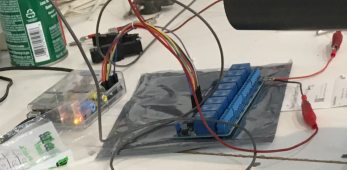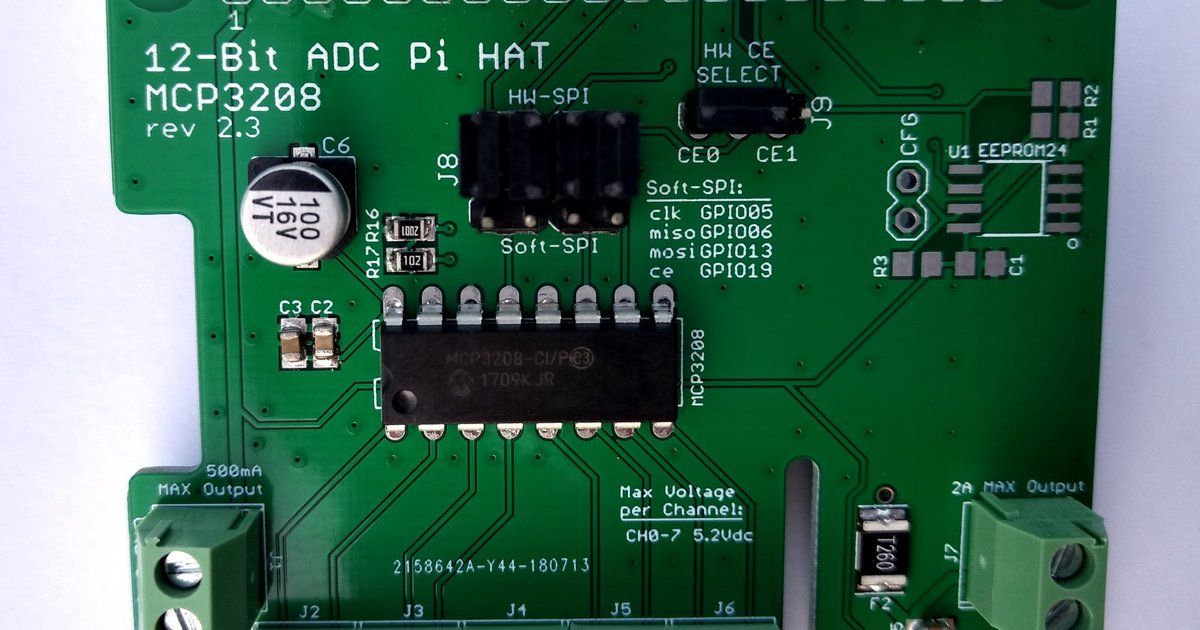BrickedKeyboard
New Member
- Joined
- May 2, 2021
- Messages
- 61
So there are a bunch of system level things a full off grid system would need that end up all being a decision to switch a relay.
Main 48v Battery voltage under threshold? Generator start relay. Generator already started? Starter relay off.
Main 48v Battery over threshold? Relay to diversion load. (Example electric water heater or EV charger)
Too cold in battery shed? Homekit command to IR blaster to start mini split or heater.
Anyways I have done this kind of work professionally for years and know how difficult it actually is to make it work "all the time every time" especially with homebrewed electronics like using a Pi or Arduino and breadboards.
Anything available commercially that isn't crazy expensive? Homekit remote plugs and IR blasters let you do most of the relay switching, but how do you sense voltage? Besides implementing the homekit api on a web server running on a pi with a custom script to read the RS485 SOC from your batteries, or a voltage divider circuit to map 0-60v to 0-3.3v and then...
Main 48v Battery voltage under threshold? Generator start relay. Generator already started? Starter relay off.
Main 48v Battery over threshold? Relay to diversion load. (Example electric water heater or EV charger)
Too cold in battery shed? Homekit command to IR blaster to start mini split or heater.
Anyways I have done this kind of work professionally for years and know how difficult it actually is to make it work "all the time every time" especially with homebrewed electronics like using a Pi or Arduino and breadboards.
Anything available commercially that isn't crazy expensive? Homekit remote plugs and IR blasters let you do most of the relay switching, but how do you sense voltage? Besides implementing the homekit api on a web server running on a pi with a custom script to read the RS485 SOC from your batteries, or a voltage divider circuit to map 0-60v to 0-3.3v and then...







